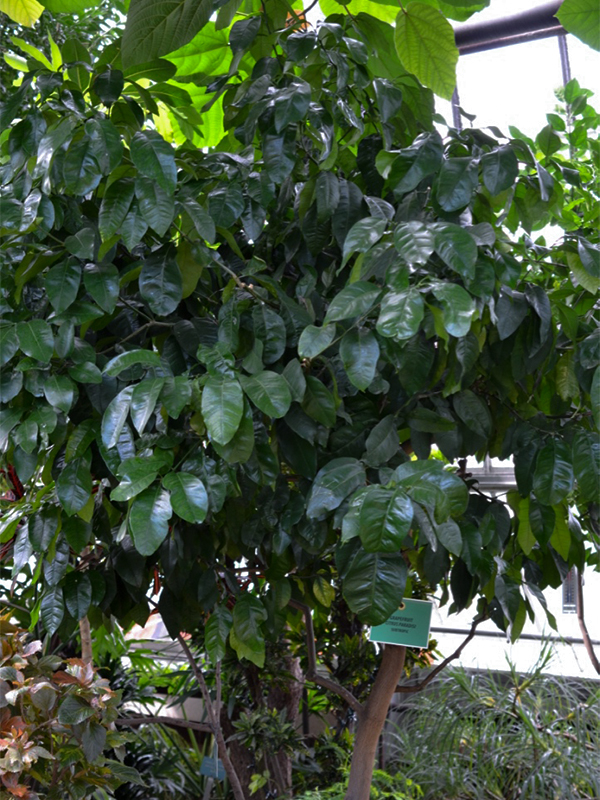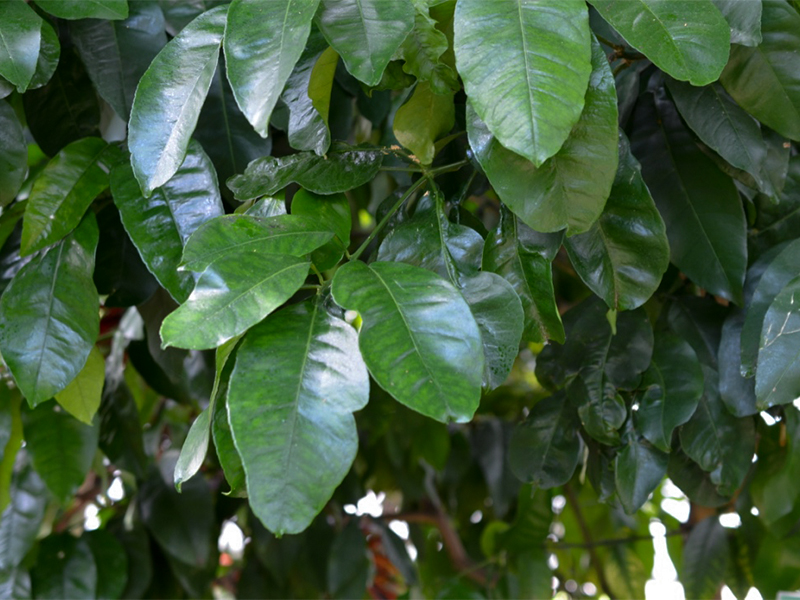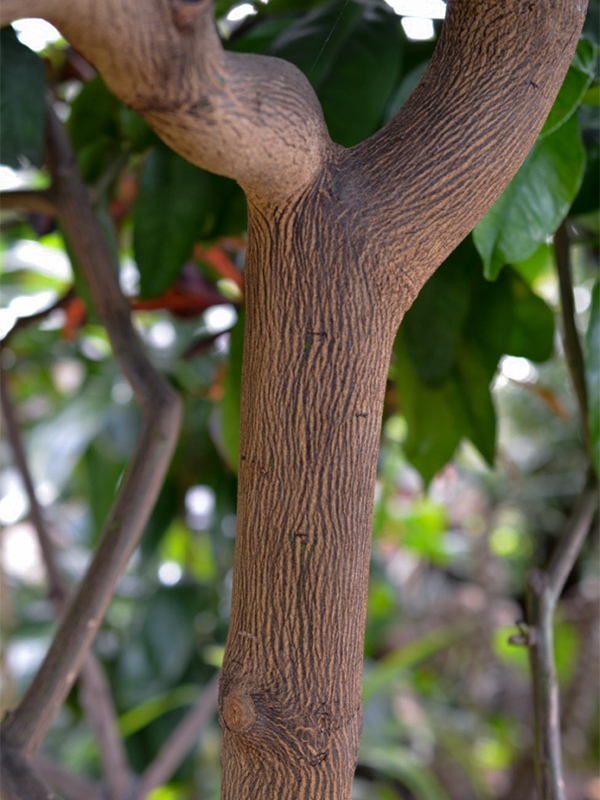
Tropicals, Woody > Citrus > Citrus paradisi > Citrus paradisi
Citrus paradisi
Grapefruit
| Family |
| Rutaceae |
| Genus |
| Citrus |
| Species |
| paradisi |
| Category |
| Tropicals, Woody |
| Type |
| Tree (evergreen) |
| USDA Hardiness Zone |
| 9 - 11 |
| Canadian Hardiness Zone |
| Requires cold season protection under glass. |
| RHS Hardiness Zone |
| H1c - H4 |
| Temperature (°C) |
| -10 - 10 |
| Temperature (°F) |
| 14 - 50 |
| Height |
| 4.5 - 6 m |
| Spread |
| 6 m |
Photographs
Description and Growing Information
Flowering Period
| General Description |
| Medium sized tree that grows grapefruits. Gets it name because the fruit grows in clusters resembling grapes. |
| Cultivation |
| Grows best in sandy soils and full sun. Water deeply on a weekly basis in summer and monthly in winter. Do not fertilize for the first two years. |
| Growth |
| Medium |
| ID Characteristic |
| Produces large sweet-sour fruit that is often served as a breakfast food. |
| Pests |
| Mediterranean fruit flies, Giant Swallowtail Butterfly caterpillars, fungal leaf spots, blights, root rot and viruses. Xylella a bacterial disease is a serious threat to many horticultures crops due to its virulence and wide range of species it can infect. It can infect more than 560 species with wide ranging symptoms including leaf scorch, yellowing and scorching, wilt, branch and twig dieback and plant death. These symptoms can be identical to other symptoms such as drought and weather stress. Infected plants show symptoms within a few years after planting. |
| Leaf Description |
| Ovate, 7.5 - 17.5 cm long, 4.5 - 7.5 cm wide. |
| Flower Description |
| Large, aromatic flowers grow in clusters of 2 - 20 with 4 petals per flower. |
| Fruit Description |
| Globose to pear-shaped, 10 - 15 cm in diameter. Thick skin with juicy flesh that is divided into 11 - 14 segments, with very few seeds. Flavour ranges from sweet-tart to sour or bitter. |
| Colour Description |
| Flowers are white. Leaves are green. Fruit skin starts green and mature to yellow-orange. Fruit flesh ranges from yellow, orange, to pinkish red. |
| Texture Description |
| Leaves are leathery and glossy. |
| Notable Specimens |
| Centennial Conservatory, Thunder Bay, Ontario, Canada. |
| Propagation |
| Can be grown from seed or by cuttings. |
| Ethnobotanical Uses (Disclaimer) |
| Grapefruit can interact with many medications, including chemotherapy treatments, making them more or less effective and throwing off the prescribed dose. |


